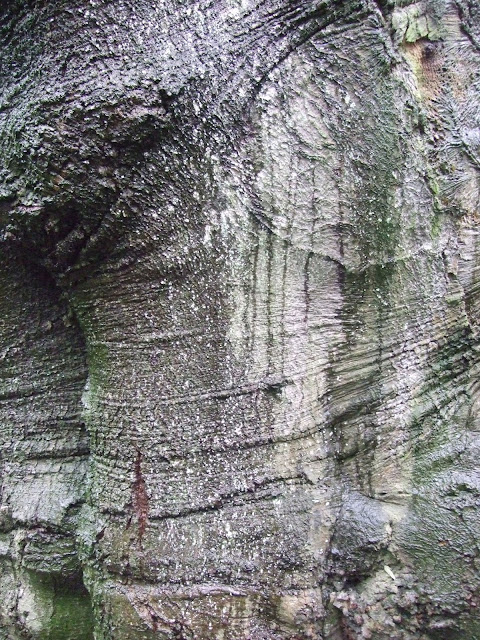 |
| Lezione di geografia Pietro Longhi |
Notice the skeleton atlas on the floor, the gentleman seated in the easy chair leafing through a ramshackle volume, and the delightful lady, equipped with a compass, measuring the distance on a world map on a small table, while two serving ladies bring coffee.
Guarda l'atlante per terra, il gentiluomo in poltrone che sfoglia uno squinternato volume, e la graziosa dama, munita di compasso, che mesura le distanze su una mappamondo da tavolino mentre due cameriere portano il caffe.
Acknowledgement: L'amante senza fissa dimora by Carlo Fruttero & Franco Lucentini.















